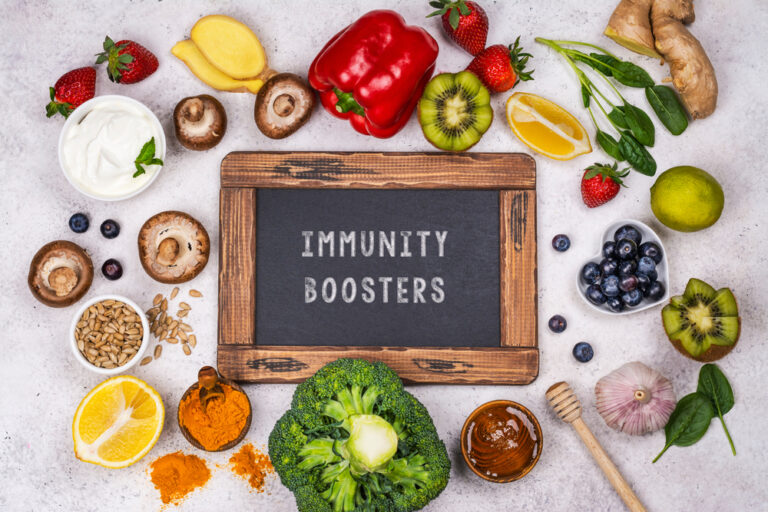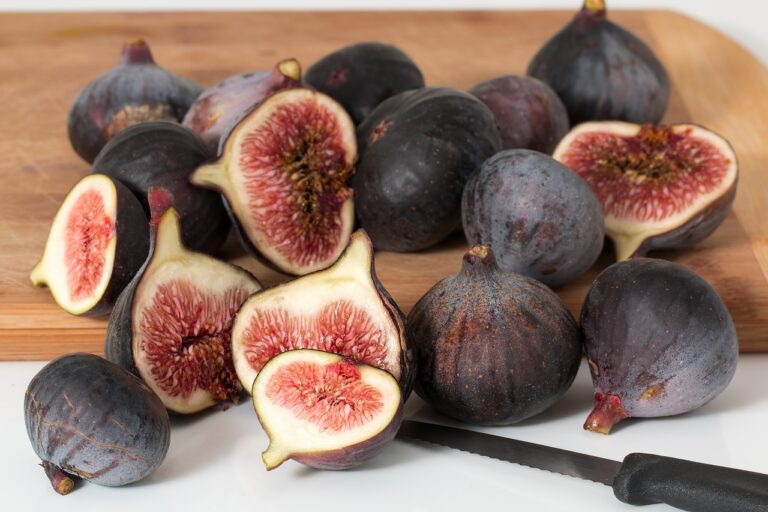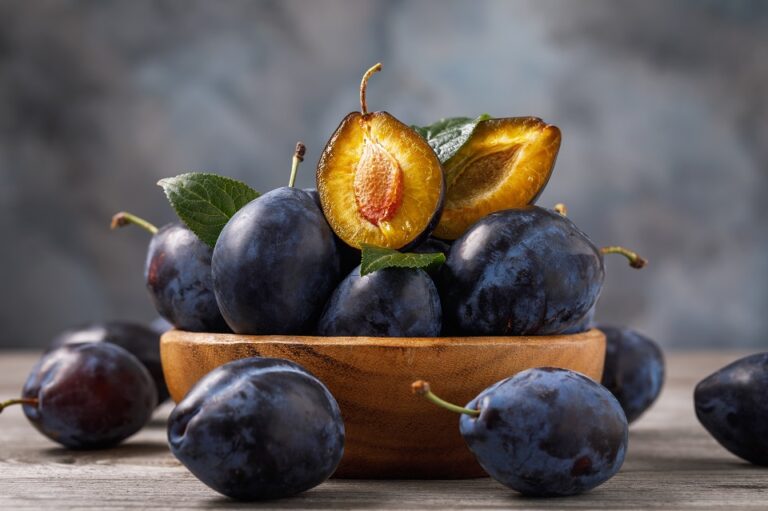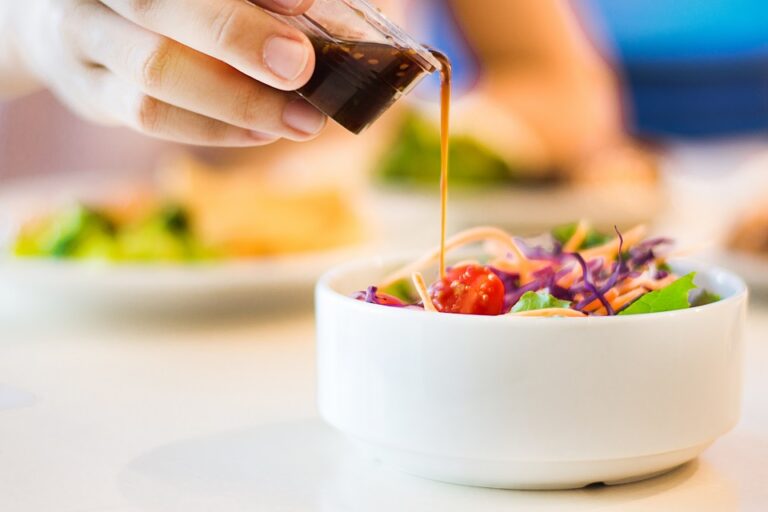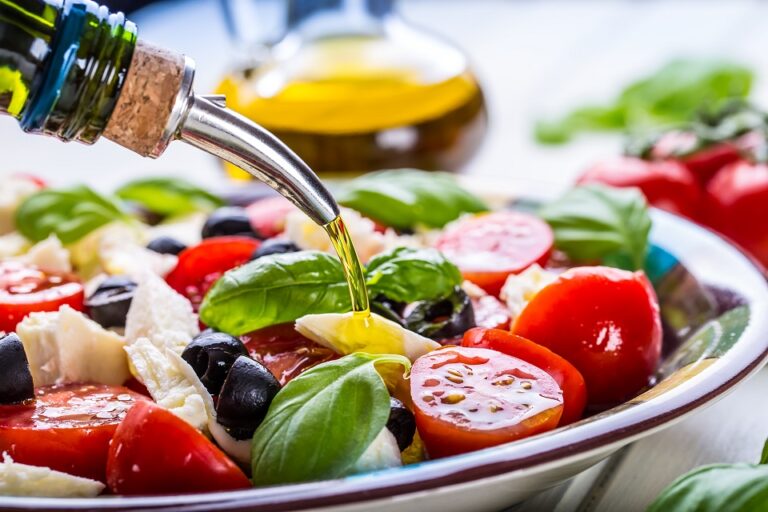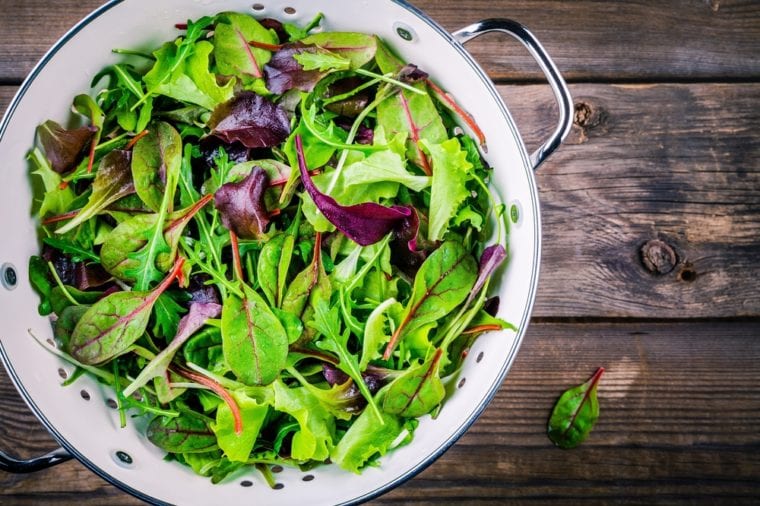
Leafy green salads
Consider this not an excuse to skip your vegetables, but an important reminder to wash (or cook) them well before eating and staying aware of recalls, like this spring’s E. coli outbreak in romaine lettuce.
Leafy greens are particularly tricky because they’re eaten as salads and not cooked—so proper washing is essential. After all, farms are not pristine: potential pathogens are everywhere, including in bird poop, fertilizer, ticks, tainted water, or as the result of poor hygiene.
How to avoid food poisoning: Some bacteria can stick to the lettuce and even get into it, says Dr. Griffin So washing won’t guarantee a bacteria-free leaf, but it can knock off dirt and reduce the risk of germs. Place the odds in your favor by buying greens that are in the best possible shape.
“Look for leaves that are firm and crisp,” says New York City nutrition coach Maria Marlowe, author of The Real Food Grocery Guide and founder of eatSlim and eatBeauty. For packaged lettuce, avoid the slightest sign of sliminess—”bacteria can spread quickly,” she says.
For fresh herbs, she says, “make sure the leaves are firmly attached to the stem and have no sign of brown or black spots.” Finally, triple-wash your lettuce before consuming. “Don’t just rinse under cold water, ” she says, “but fill a large bowl with cold water, tear the leaves into the bowl, submerge and swirl with your hands for a minute or two, then lift the leaves into a strainer and dump the water.” Repeat twice more, then wipe or spin dry.





